The story of Nickelodeon Studios really mirrors the story of both Universal Studios Florida and the Disney-MGM Studios. To our thinking, four key problems stalled the slime-making studio.
1. Nostalgia can't be fuel forever
Consider this case study.
Image: Hanna-Barbera / Universal
When Universal Studios Florida opened in 1990, one of its most well-loved attractions was the simple family simulator, The Funtastic World of Hanna-Barbera. The ride sent guests on a zippy adventure aboard Dick Dastardly's rocket ships on a rescue mission to save Elroy Jetson. Along the way, guests blasted through the worlds of Hanna-Barbera's legendary animated classics: The Flintstones, Scooby-Doo, Yogi Bear, and The Jetsons.
A decade later, it was gone. Despite fans' fortitude, kids in 2002 simply didn't have the same connection to The Flintstones as the generation before. As it's done for centuries, pop culture plowed forward, and rather than leaving the Funtastic World as some sort of nostalgic relic, Universal moved forward, too.
Image: Nickelodeon
In 2003, the ride became Jimmy Neutron's Nicktoon Blast, further permeating Nick into the park. Now, in a similar cross-continuity adventure, guests blasted through the worlds of SpongeBob SquarePants, Jimmy Neutron, The Fairly OddParents, and The Rugrats. Within a decade, though, Nicktoon Blast was closed, too... by then, its host – Jimmy Neutron – had been off the air for five years, and certainly a new generation of pre-teens held little allegiance to the character.
Today, the same simulator is Despicable Me: Minion Mayhem... though it feels more permanent, that's probably because its connected to an enduring film series that's at least entered pop culture in a somewhat more "timeless" way as opposed to the fleeting seasons of children's television. The point is simple: the only thing that stays the same is change. Especially in kid's programming, fads are fleeting. Nickelodeon Studios wasn't set-up to last through the changes that would come...
2. “Studio” style sours
Image: Disney
After the opening of the Disney-MGM Studios (1989) and Universal Studios Florida (1990), movie production companies across the world suddenly saw an opening. Disney and Universal’s “studio”-themed parks had proven that theme parks need not have the cinematic splendor of Magic Kingdom; the lofty brains of Epcot; the charm and originality of Disneyland. Now, anyone could open a theme park! All you needed was big, boxy, tan soundstages, mixed-and-matched intellectual properties, false "backlot" facades, large concrete plazas, and industrial lighting rigs… it’s all part of the fun; you’re on a studio backlot, after all!
That’s why the world welcomed Warner Bros. Movie World (1991), the five purchased Paramount Parks (1992), MGM Grand Adventures (1993), Warner Bros. Movie World Germany (1996), Walt Disney Studios (2002), Parque Warner Madrid (2003)... In these “studio” themed parks, there was no need to hide showbuildings, care about continuity, or develop immersive lands.
Image: Universal
Unfortunately for those parks, the New Millennium brought another change to Orlando and to the themed entertainment industry. In 1998, Disney’s Animal Kingdom opened, followed by Universal’s own Islands of Adventure in 1999. Effectively counterstrikes against the “studio” style park they’d created a decade before, Disney and Universal’s new gates dispensed entirely with studios, soundstages, and “behind the scenes” in favor of totally immersive, cinematic worlds; a return to form, and the start of the current “era” of themed entertainment design.
That meant that, by their very design, Disney-MGM Studios and Universal Studios Florida looked, felt, and were low-budget remnants of an old design style. So entering the 2000s, Universal Studios Florida was arugably eager to downplay its "studio" elements...
3. “Hollywood East” was a box-office bust
“Hollywood East” never happened. Despite earnest efforts by both theme parks, Orlando was simply not destined to become a new movie-making hotspot. Almost right away, production dried up at the Disney-MGM Studios. Despite generous Floridian tax subsidies developed specifically to jumpstart the movie-making parks, filmmakers didn't jump on the opportunity (perhaps because stars didn't want to relocate from Los Angeles to swampy Central Florida during film production).
Image: Disney
The failure of "Hollywood East" hit Disney hardest. Maybe it was karma. By stealing Universal's schtick and basing an entire park around the Declassified Disaster: The Backstage Studio Tour, Disney tied its parks success to the production that would never come. That's why the Disney-MGM Studios was always accused of being a half-day park and why the withering tour should've closed decades before it really did. Instead, it stuck around in various forms until 2014, mostly amounting to a tour past empty studio facilities where things could be – but, y’know, wouldn’t be – filmed.
Universal Studios Florida might've been set-up for productions that never came, too, but because Disney has forced Universal to rethink its concept, those production facilities weren't an integral part of the park itself. Nickelodeon Studios was able to thrive because it was the headquarters of filming for all of the channel's in-house, original programming. And in the '90s, that was mostly game shows, variety shows, and other live-audience productions. Until...
4. "Slimes," they are a'changin'
By the New Millennium, executives at Nick made a conscious move away from game shows and variety shows toward Nicktoons of the 2000s. Believe it or not, Rocket Power, The Fairly OddParents, SpongeBob SquarePants, As Told By Ginger, and Invader Zim all debuted in the three year period between 1999 and 2001. Live programming on the network would shift mostly to scripted sitcoms like Drake and Josh, Ned's Declassified School Survival Guide, and Zoey 101, which all required closed, quiet sets, not raucous game show audiences.
To produce all of that, Nickelodeon opened two new California-based production facilities in 1998. The Orlando staff was whittled down to about 100 employees by 2001. The writing was on the wall.
An eventual redeign of the brand In 2009 included the elimation of the "splat" logo and the phasing out of "slime."
Put another way, '90s kids look back at Nickelodeon Studios and dream of Slime Time Live, Legends of the Hidden Temple, and Keenan and Kel. Some fans have even started petitions asking Universal to re-open Nickelodeon Studios (which, of course, isn't really an option). But if we're honest, the only thing worse than a Nickelodeon Studios without Slime Time Live would be a Nickelodeon Studios still hosting it despite pop culture having moved on...
Out with the old, in with the Blue
In 2004, Nickelodeon Studios was repainted from its garish, neon '90s color palatte to a more digestible lime green and orange. The fresh look might've indicated that production would soon ramp up once more for the Orlando campus. In fact, just the opposite was about to take place.
Nickelodeon Studios filmed its last production – Nickelodeon Splat! – live from March 7, 2004, to August 17, 2004. Though tours continued of the facility through the winter and spring, the studio closed its doors for good on April 30, 2005. The Time Capsule was relocated to Orlando's Nickelodeon Suites Resort until it was rebranded as a Hilton in 2016. At that time, the capsule – like Nick's production – made the cross-country jump to Nickelodeon Animation Studios in Burbank, California. Its opening is still scheduled for April 30, 2042 – 50 years after being sealed at Universal.
Image: Google
Access to the plaza formerly housing the Slime Geyser was cut off, and Soundstage 18 was annexed from Universal Studios Florida to become accessible to the public as part of Universal CityWalk. A new path was poured from CityWalk’s lagoon to the building (positioned still between Universal Studios’ entrance and the Hard Rock Cafe), and Soundstage 18 would reopen in its next life with all remnants of orange blued over.
The Sharp Aquos Theatre opened on June 6, 2007, featuring the Blue Man Group – a performance art, music, pop culture stage production that’s a favorite in tourist destinations. Insiders say that the “tube” that overlooked Soundstage 19 is used as storage for props and A/V equipment, while the “Gak Kitchen” has been renovated and repurposed as a break room.
Image: Blue Man Group
Even those with an eye out for Nick remnants won’t find much, aside from a maybe-homage in some blue “splats” at the bottom of the exterior staircase and eleftover restrooms with orange signs and “slime green” flooring. Though some faded Nicktoons murals are said to exist in behind-the-scenes corridors, they’re few and far between.
Aside from Blue Man Group, much of the rest of the old Nickelodeon Studios facility is inhabited by Fox Sports Florida and its television production and administrative space, and some of Soundstage 19 is used as parade float storage for the park nextdoor.
Image: Universal
Inevitably, that means that the sets of Double Dare 2000, Clarissa Explains It All, Good Burger, Eureeka’s Castle, The Mystery Files of Shelby Woo, and Legends of the Hidden Temple – all of which once resided in the studio – have been demolished. There goes our childhood.
The end
Image: Universal
Nickelodeon Studios existed at the perfect time in pop culture.
There is nothing – and will probably never be another thing – quite like Nickelodeon in the ‘90s. More than a channel; more than a brand; Nickelodeon was a part of life for children of the ‘80s and ‘90s. A constant after-school companion, we whiled away the hours “figuring it out” with Summer Sanders, dreaming of calling in to Dave Aizer on Slime Time Live, braving Temple Guards with Olmec and Kirk Fogg by our side, and growing up alongside Amanda Bynes, Kenan and Kel, Laurie Beth Dernberg, and the cast of All That.
It all happened at Universal Studios Florida. And in the course of its 15 year life, over 2,000 television episodes were really filmed at the studio, most right in front of Universal guests.
When Millennials shake their heads at how today’s kids will never understand, they’re right. When Nickelodeon Studios sunk, so did so much of that ‘90s nostalgia – the slime! The splats! The frosted tips! – that really wouldn’t have made much sense in today’s culture anyway. Arguably, Universal's loss of Nickelodeon Studios was fatal for the studio park's family appeal; it still hasn't recovered, with DreamWorks and Nintendo as the potential future plans to finally win back families with kids under 13.
Nickelodeon Studios is a rarity in our Lost Legends series, because it’s an attraction that was decidedly not timeless. A product of (and perfect fit for) the 1990s, it existed about as long as it could’ve, and became a daydream destination for a generation along the way. So we'll leave you with the same outros that defined a generation of Nickelodeon shows...
Did you ever have a chance to step into Nickeloden Studios? What memories do you have of this one-of-a-kind production facility attraction? Do you remember your favorite television shows signing off from "Live at Universal Studios Escape"? Share your stories in the comments below!
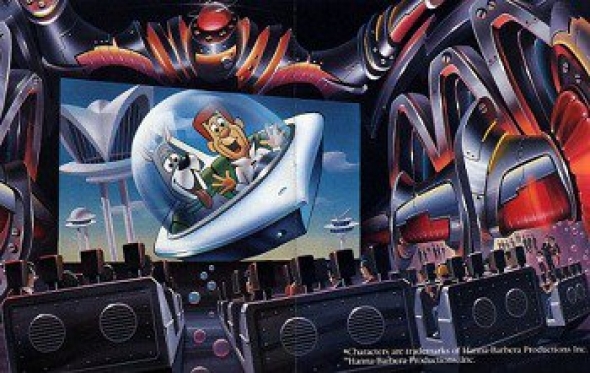
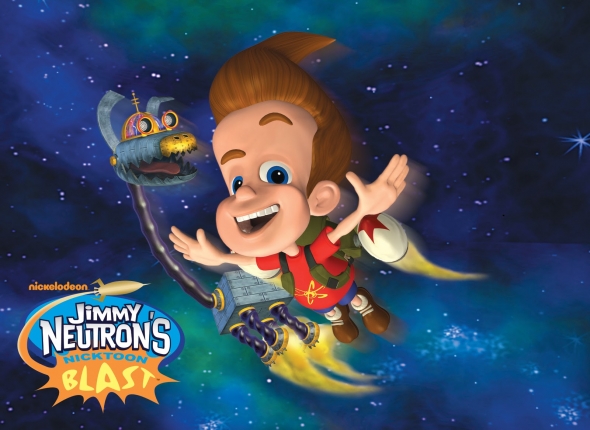
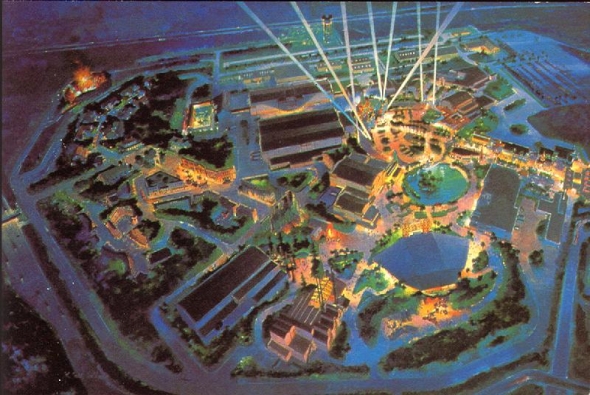
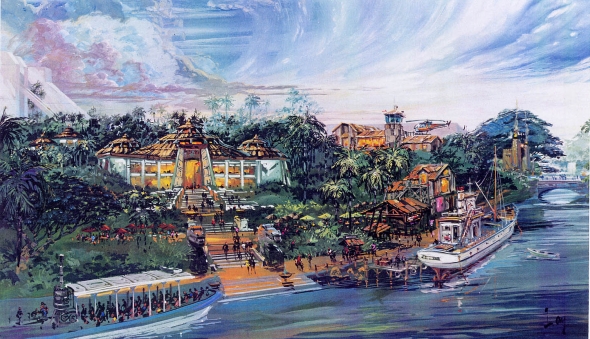
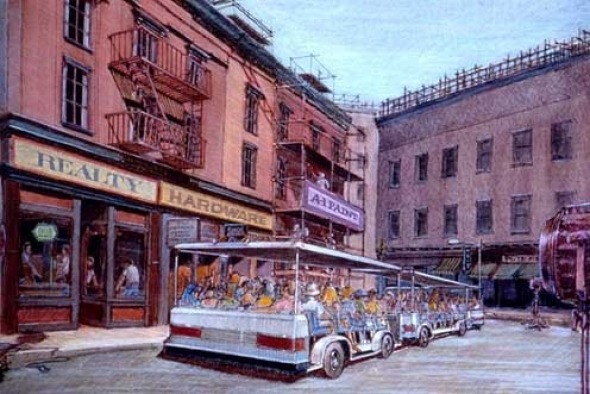
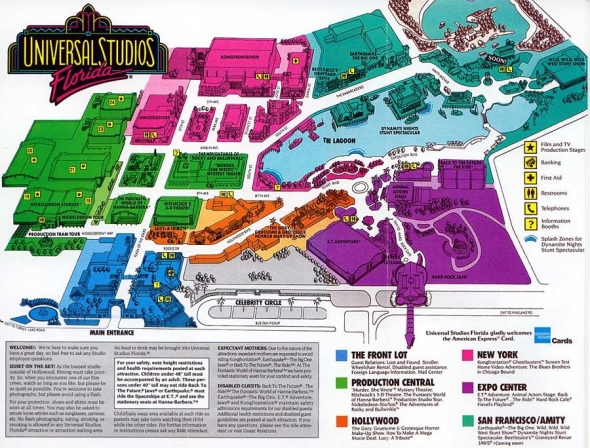

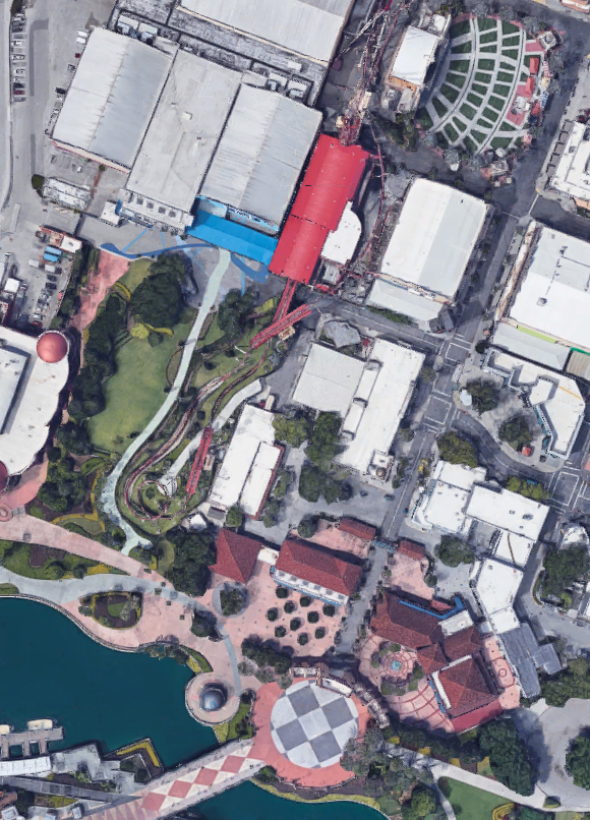
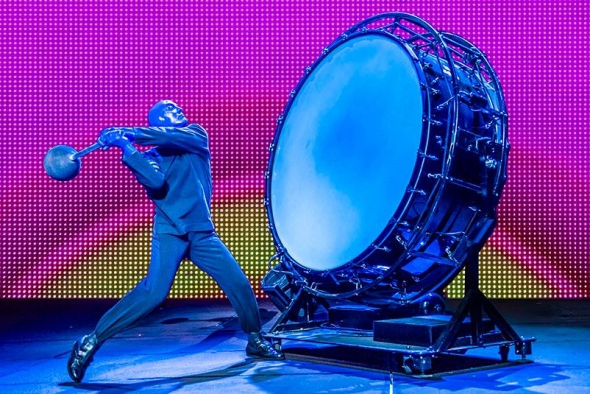
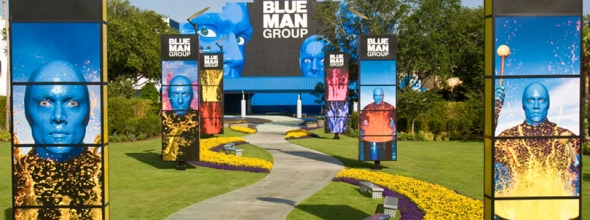
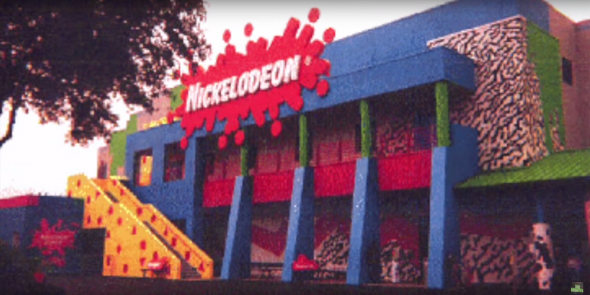
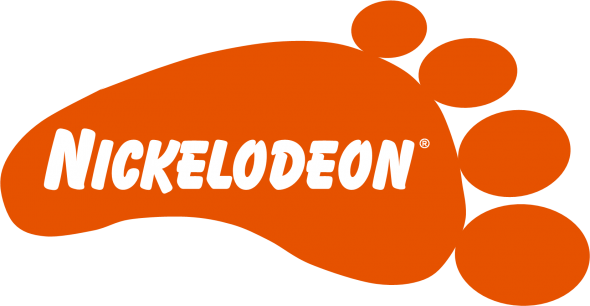

Comments
I hate to be a nit-picker, but there are some typos on page 3:
"And of course, the iconic Slime Geyser resides out front. Even 15 minutes, a claxon horn sounds as the Geyer's dials begin to move, "
Should probably be:
"And of course, the iconic Slime Geyser resides out front. Every 15 minutes, a claxon horn sounds as the Geyser's dials begin to move, "
Apologies for the typos and thanks for the heads up on these. They have been changed. Thanks for reading and kind regards.